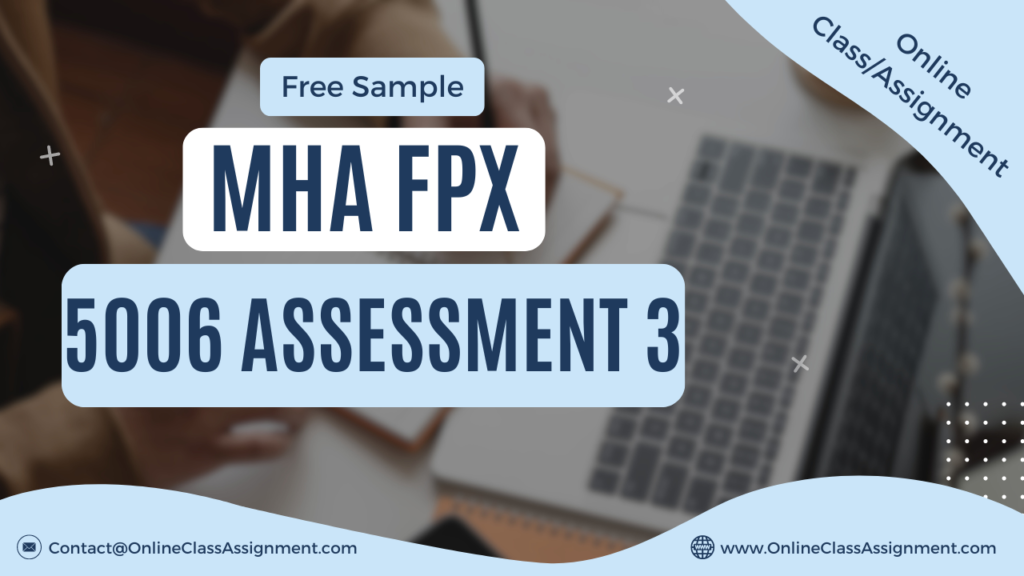
MHA FPX 5006 Assessment 3 Cost-Benefit Analysis
Student Name
Capella University
MHA-FPX 5006 Health Care Finance and Reimbursement
Prof. Name
Date
Cost-Benefit Analysis
Healthcare facilities are constantly striving to optimize patient care while minimizing expenses. One strategy for achieving this goal is by investing in an MRI device, which not only improves patient care but also attracts more patients to the facility. However, the decision to procure such a device necessitates careful consideration due to its significant cost implications. When conducting a cost-benefit analysis, healthcare facilities must take into account various factors such as maintenance expenses, system upgrades, and personnel training (Phillips Healthcare, 2016). This analysis assists in estimating the potential revenue generated by the investment, thus guiding decision-making processes.
Opportunity Cost
Understanding the concept of opportunity cost is essential when evaluating investments. While acquiring an MRI machine involves risks and substantial upfront costs, it also offers opportunities for revenue generation and enhanced patient care (Cleverley & Cleverly, 2018). Utilizing a comprehensive cost-benefit analysis, along with an understanding of opportunity costs, ensures a thorough evaluation of available options before reaching a decision. Effective identification of alternatives and forecasting aids in informed decision-making, ultimately leading to improved patient outcomes and increased revenue for healthcare facilities.
Cost-Benefit Analysis
A cost-benefit analysis serves as a crucial tool for assessing the feasibility of a project, such as acquiring an MRI machine, by comparing anticipated costs with expected benefits (Plowman, 2009). Calculations over a five-year period, considering a present value discount rate of 2%, reveal the potential financial implications of such an investment. While the initial cost of an MRI machine varies significantly, ranging from $150,000 to $1.2 million nationwide (Glover, 2014), the analysis provides insights into the total costs and benefits over the specified timeframe.
MHA FPX 5006 Assessment 3 Cost-Benefit Analysis
Action Plan
Upon conducting a cost-benefit analysis and determining the viability of acquiring an MRI machine, healthcare facilities must develop a clear action plan. This plan should outline steps for procurement, budgeting, and decision-making processes (Chakravarty & Naware, 2008). Additionally, it should address strategies for cost management while ensuring optimal patient care. Regular maintenance schedules and adherence to established guidelines are essential to maximize the longevity of the MRI machine and maintain patient satisfaction.
Conclusion
In conclusion, the decision to acquire an MRI machine requires careful consideration of both costs and benefits. Through a comprehensive cost-benefit analysis, healthcare facilities can assess the financial implications and potential returns on investment. By accounting for maintenance costs, system upgrades, and personnel training, facilities can make informed decisions that optimize patient care and enhance revenue generation.
References
Chakravarty, A., & Naware, S. S. (2008). Cost-effectiveness Analysis for Technology Acquisition. Management and Decision Making, 64(1), 46-49.
Cleverley, W. O., & Cleverly, J. O. (2018). Essentials Of Health Care Finance (8th ed.). Jones & Bartlett.
Glover, L. (2014, July 16). Why Does an MRI Cost So Darn Much? Money. Retrieved from https://money.com/why-does-mri-cost-so-much/
MHA FPX 5006 Assessment 3 Cost-Benefit Analysis
Plowman, N. (2009, December 1). Writing a Cost-Benefit Analysis. Retrieved from https://www.brighthubpm.com/project-planning/58181-writing-a-cost-benefit-analysis/
Get Capella University Free MHA Samples
MHA FPX 5010
MHA FPX 5020
MHA FPX 5042
MHA FPX 5040
MHA FPX 5016
MHA FPX 5012
MHA FPX 5014
MHA FPX 5017
